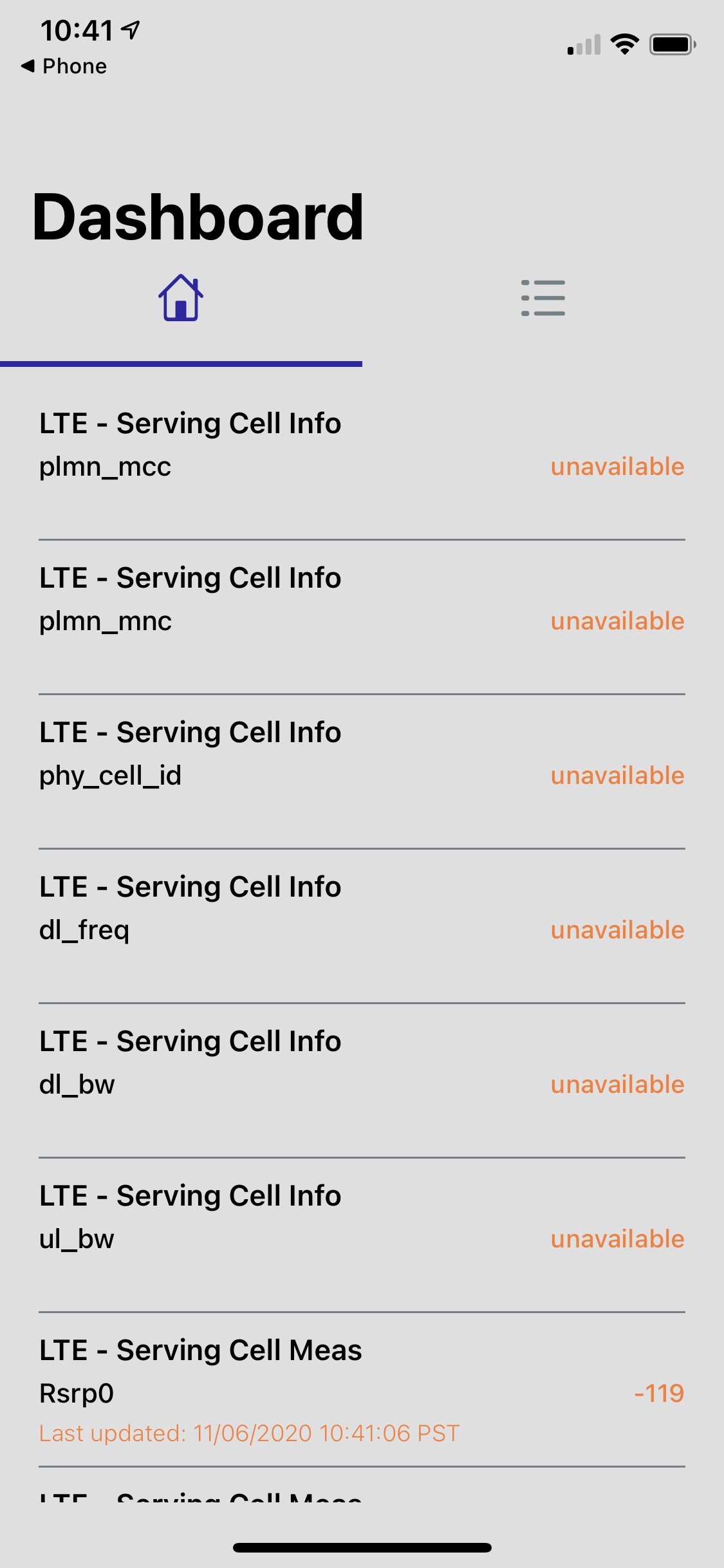It’s never easy knowing what your true cell signal is. I told you several years ago that cell phone bars are essentially meaningless. It’s also hard to know if that bar measurement is showing you voice or data. But, for many years it was possible for you to at least get some sort of real number from your iPhone.
And then, iOS 9
Back in 2015, I bellyached that iOS 9 broke the measuring tool that iPhones use to show signal strength. I found a workaround for that version, but sadly that isn’t the end of the story. iPhones showed signal strength using something called the Field Test Mode tool. This tool was originally designed for the people who created the phone. It’s pretty hard to get to. You need to dial this:
*3001#12345#*
and press the Call button. This turns on this special mode. Or, well, it did, until iOS messed everything up.
Subsequent versions of the iOS operating system didn’t do a whole lot to fix the problem. Clever testers figured out how to get the actual signal strength of an LTE signal, but that doesn’t help much for voice calls since those didn’t use LTE at that point in time.
Luckily, things finally improved
Two things happened which make me a lot less angry about this than I used to be. The first is that all carriers are moving to LTE for voice calls. Most calls between smartphones already use LTE, but some calls still use the older 3G service. This is true if you have an older phone or a prepaid phone. If you’ve ever noticed why calls between smartphones sound better than calls between a smartphone and a dumbphone, that’s the reason. LTE calls sound better and traditional voice calls sound kind of tinny.
The other thing that finally happened is that Apple rewrote the field test mode app so it actually works. On iOS 14.2, it looks like this:

This screen gives you two really important pieces of information.
First of all toward the bottom you see LTE- Serving Cell Meas, which measures -119. Youve been able to get this information for some time. However, it always lagged as many as 5 minutes behind real time. there was no way to know how quickly it was updating.
Finally, Apple added a “last updated” measurement which can give you some confidence in what you’re seeing.
Note that this number only applies to LTE calls and data, not to traditional voice or Wi-Fi calling. I took this screenshot after unplugging my cell booster to see if there would be any difference in the measurement.
I’m pleased to tell you that finally, it did. It seems to update several times a minute and that’s enough to make it useful.
If your number is -119….
By the way, if the number you get is -119, you really should get a cell phone signal booster. That is way too low to guarantee clear calls. The closer the number is to zero, the better your reception is. In most cases you won’t get better than about -60, but that is enough to guarantee you a great experience A number like -119, you really should shop at Solid Signal for the best selection of cell phone signal boosters.




